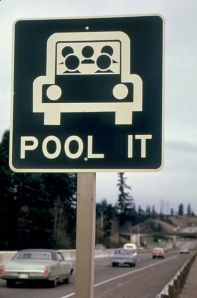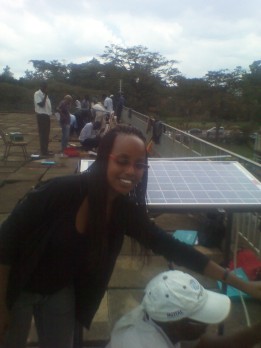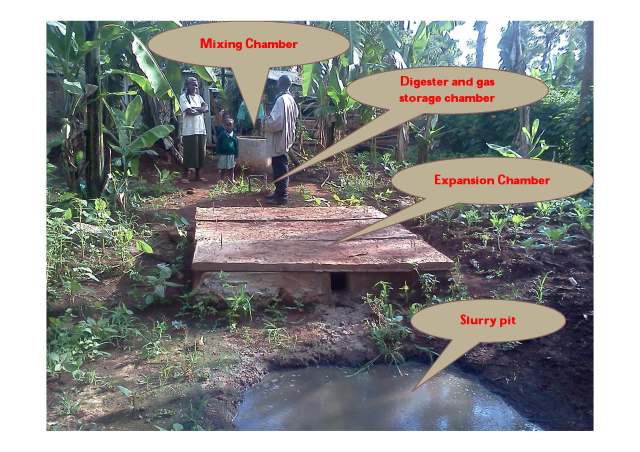Ever heard of the Millenium Development Goals (MDGs)?
The Millennium Development Goals (MDGs) are eight (8) international development goals that were established in the year 2000, in adopting the United Nations Millenium Declaration that was set following the Millenium Summit of the United Nations at the turn of the Millenia.

Millenium Development Goals
The MDGs focus on 7 key commitments made by nations of the world to better the world, in fields of health, agriculture, education and environment. Among the 8 goals set, there are targets or “measurables” that guide in the fulfillment of these goals. The most significant MDG in terms of environment is Goal 7: Ensure environmental sustainability

MDG GOAL 7.
So, what is sustainability? And what is Sustainable development?

Sustainable Agriculture.
Scientifically speaking, SUSTAINABILITY is the capacity of our human society to continue indefinitely (from generation to generation) within these natural cycles. The steps taken to maintain the balance needed to ensure the sustainability of man and nature in the natural environment are we call Sustainable Development.
Let us look at simple facts about the Earth:
- We live in the Biosphere, which is a very thin layer on Earth where life is possible. The Biosphere is as thin as the skin of an onion, thus very delicate.
- Biosphere system is open with respect with energy i.e. the Sun rays penetrating biosphere in and out but the system is closed in respect to matter.
- Nothing is created, nothing disappears, Everything on earth is only transformed(1st Law of Thermodynamics) For instance, when the animals and plants die, they don’t disappear but turn to dust, coming back to the ground.
- Photosynthesis: Enables plants to use sun energy to give food and absorb CO2 produced on earth.

The Atmosphere.
To understand why Sustainability is SO important, we have to understand how the Earth systems work.To note is,there are slow geological processes from the Lithosphere (Earth’s crust)
- Matter moves from Earth’s crust to the Biosphere through processes such as Weathering and Volcanic eruptions. And the same matter comes back to the Lithosphere through processes such as Sedimentation and Mineralization
- These cyclic processes take millions of years

Earth Structure.
Hence, SUSTAINABLE DEVELOPMENT is the type of development that meets the needs of the present without compromising the ability of future generations to meet their own needs. (Karl-Henrick Robert, 1989). This development should support the natural processes for continuity of the environment.

AN EXAMPLE OF SUSTAINABLE LIVING
TO NOTE:
- All matter that was on Earth 4 Billion years ago is still here today (There is no AWAY)
- Everything has a tendency to disperse and lose its structure over time (Whether plastics, paper, electronics or organic matter, it doesn’t stay that way forever)
- We owe it to Photosynthesis: which allows light to be used up to give us plants that feed our animals that feed us-then absorb all the excess CO2 that is in the atmosphere.
- Left to their own devices, Natural Cycles are well-balanced.
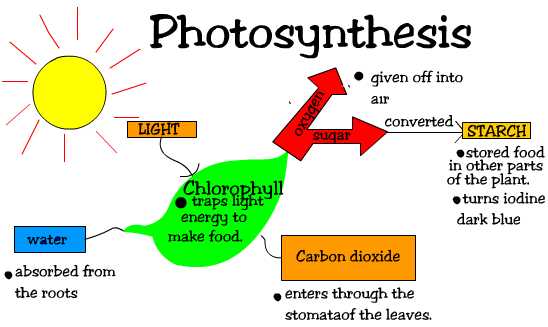
PHOTOSYNTHESIS
So, what does Man do to inhibit Sustainability? Remember, Sustainability is hindered when man interferes with the Natural cycles.
- Extracting relatively large quantities of materials from the earth’s crust. i.e. Oil, Natural Gas, Heavy Metals etc.

Extensive Oil Mining without a Sustainability plan is not good for the environment.
- Create substances that accumulate in nature i.e. Plastics.
- Also products that already exist, through actual production or as a by-product of man-made processes from industries .For example, CO2,which accumulates in the atmosphere. Man is continually cutting down trees (deforestation) leaving fewer trees to absorb the Carbon Dioxide. Nature cannot cope with the increased levels of CO2 hence the CO2 runs amok in the atmosphere. This results in Ozone Depletion=Climate Change in the world today.

DON’T CUT A TREE YOU WON’T RE-PLANT.
- Physically inhibit nature’s ability to run cycles. Example is by cutting trees at a faster rate than they can grow, by systematically destroying eco-systems to build houses, parking lots, playing grounds etc
- Create barriers to people meeting their basic needs worldwide. (SOURCE: Sustainability Illustrated.)
Now, what can You and I do to ensure we sustain the earth as the good Lord commanded? A look at the Millenium Development Goal 7 and it’s targets and measurables:
GOAL 7: Ensure environmental sustainability
- Target 7A: Integrate the principles of sustainable development into country policies and programs; reverse loss of environmental resources
- Target 7B: Reduce biodiversity loss, achieving, by 2010, a significant reduction in the rate of loss
- Proportion of land area covered by forest
- CO2 emissions total, per capita and per $1 GDP (PPP)
- Consumption of ozone-depleting substances
- Proportion of fish stocks within safe biological limits
- Proportion of total water resources used
- Proportion of terrestrial and marine areas protected
- Proportion of species threatened with extinction
- Target 7C: Halve, by 2015, the proportion of the population without sustainable access to safe drinking water and basic sanitation (for more information see the entry on water supply)
- Proportion of population with sustainable access to an improved water source, urban and rural
- Proportion of urban population with access to improved sanitation
- Target 7D: By 2020, to have achieved a significant improvement in the lives of at least 100 million slum-dwellers
- Proportion of urban population living in slums

Sustainability Index.
Environmental Sustainability is each and every person’s duty and daily small steps can be taken to ensure survival of the planet, even to future generations. Here are a few suggestions:
- Clean water: Water is life, it is said.Access to clean water can be through springs, boreholes or even rainwater harvesting which will be discussed here later.

Access to Clean Water and Sanitation in Developing Countries (2008).
- Re-afforestation and Afforestation. Plant trees as often as possible. Forests serve as the world’s largest and a most effective “Carbon Sink”. Cut one tree, plant two or more if you can.
- Protect wildlife habitats and natural ecosystems. More and more each day, are the struggles to protect the threatened wildlife and endangered ecosystems. We must stop encroaching onto protected parks and wildlife spaces. We can also turn to renewable cheaper means of energy instead of destroying forests for firewood and charcoal.
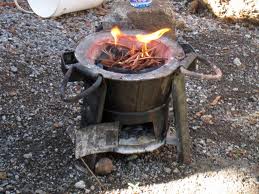
Reduce Charcoal use to save trees.
- Protect the ozone layer. Burn garbage in enclosed spaces to reduce toxic wastes from being released into the atmosphere. Commute using Public transport/ Car-Pool; Avoid clearing forests and cutting trees you do not need. We must take actionable steps to prevent Climate Change.

GreenHouse Effect.
Remember, Sustainability is everyday practice made perfect over time. For more ideas, check out ENERGY-SAVING TIPS FOR THE WORKPLACE* and more stories on the The Leafy Agenda
Salud and Let’s Keep Green 🙂



















